What is a trowel and how does it work?
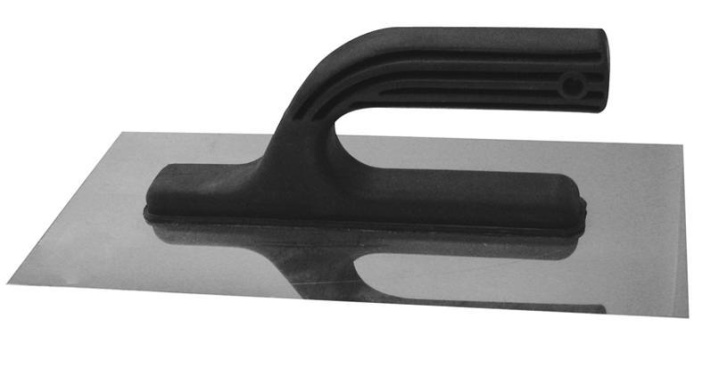
Repair is a rather laborious and difficult process. Today, few people decide to perform such work on their own, most people prefer to trust professionals in this difficult matter. And this is quite logical, because in order for the repair to be of high quality, and the result to be beautiful, you need to have skills in construction work, knowledge and, of course, the necessary tool.

Today in the construction market you can find absolutely any tool with which repair and construction work is carried out much faster. One of these is the trowel, which will be discussed in the article.

What it is?
So what is a trowel? This is a hand-made construction tool. With its help, various solutions and mixtures are applied and distributed over the surface. The ironer is widely used today in the process:
- alignment of walls, floors and ceilings;
- applying putty;
- gluing paper and liquid wallpaper.

This device has a number of advantages and features.
- Ease of use and care.
- Availability. Today it can be purchased in absolutely any specialized store at an affordable price.
- Long service life. If you wash and clean the trowel after each solution it applies, it will last for years.
- Efficiency. Using a trowel makes it possible to create an absolutely flat surface.
- Speed. This is another of the most significant advantages of this tool. If in the process, for example, gluing liquid wallpaper, you use a trowel, the work will go much faster.
- Wide selection and assortment. There are various trowels on the market, which may differ in appearance, material of manufacture and purpose.
All of the above features of the hand tool made it an indispensable assistant in the course of both construction and repair work.
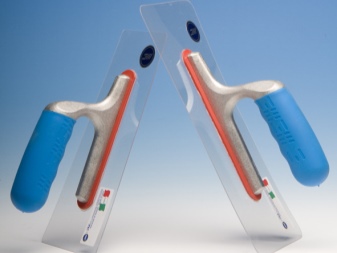

Species overview
The widespread use and versatility of the device has contributed to the fact that many different types of construction ironers have appeared on the market. Mortar levelers can vary in shape. The ironer can be:
- rectangular;
- trapezoidal;
- triangular;
- drop-shaped;
- oval.
There are several classifications of the fixture. Let's take a look at them.
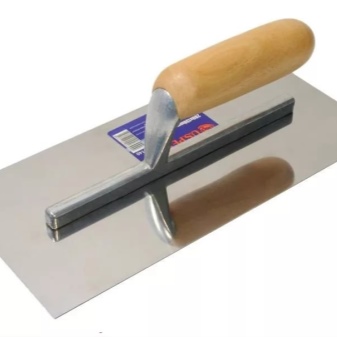
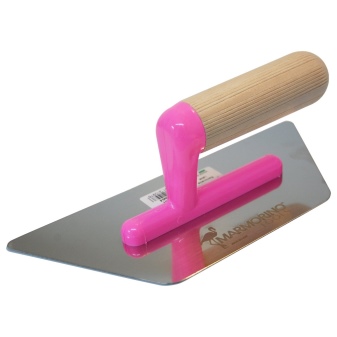

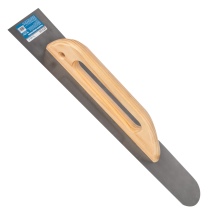
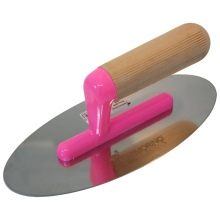
By construction type
The design of the trowels can vary, as well as the size and purpose. They are two-sided and reverse. The first blade has two working sides, and the other has only one.
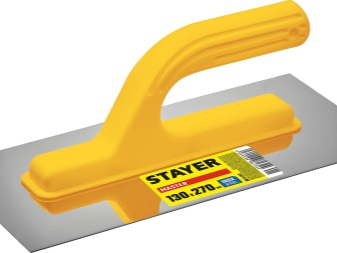
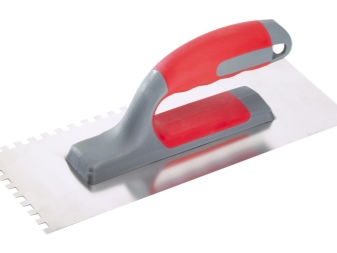
By appointment
There is a specific trowel for each type of building mixture.
-
For liquid wallpaper. To perform this type of work, a painting trowel or a notched trowel is most often used. It all depends on what kind of surface relief you want to get in the end.

- For screed. For the concrete screed, a hand-held or telescopic trowel is used. Such a tool is characterized by a rather long blade. This makes it possible to work on a large surface area and perform a screed better and faster.
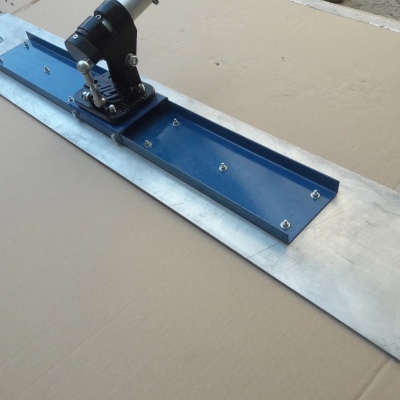
- To obtain a "bark beetle". It is a decorative plaster that is very popular today for wall decoration. For the application of the plaster, a so-called Venetian or Swiss trowel is used.
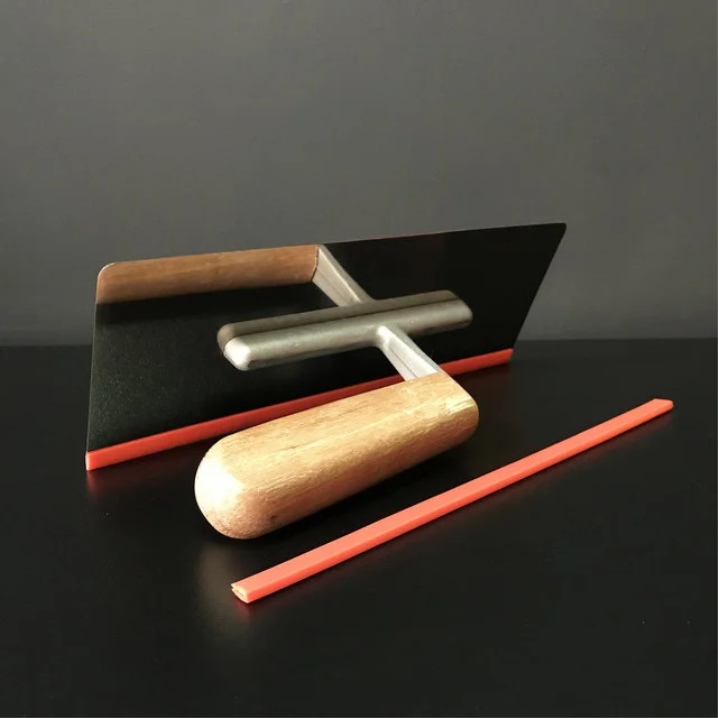
And there are also special trowelling levelers on sale. With this type of trowel, the surface can be perfectly leveled after the mortar has been applied.
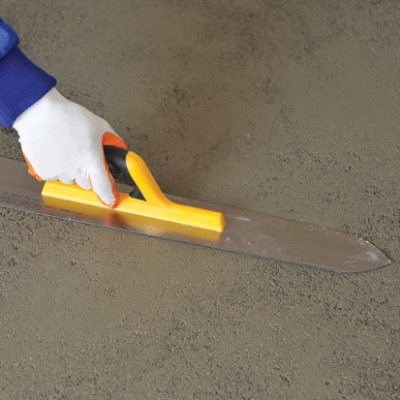
Types by material of manufacture
The construction trowel for leveling surfaces and applying mortar can be made of various materials.
Plastic
A plastic trowel is great for applying liquid wallpaper to wall surfaces. A also, using a trowel with a plastic cloth, you can easily create a smooth or fine-textured surface.

Metallic
In the production process of a metal trowel, stainless steel, aluminum, titanium can be used. A steel trowel, like titanium or aluminum, is used for plastering and leveling walls.
The stainless steel trowel is characterized by a long service life and efficiency.
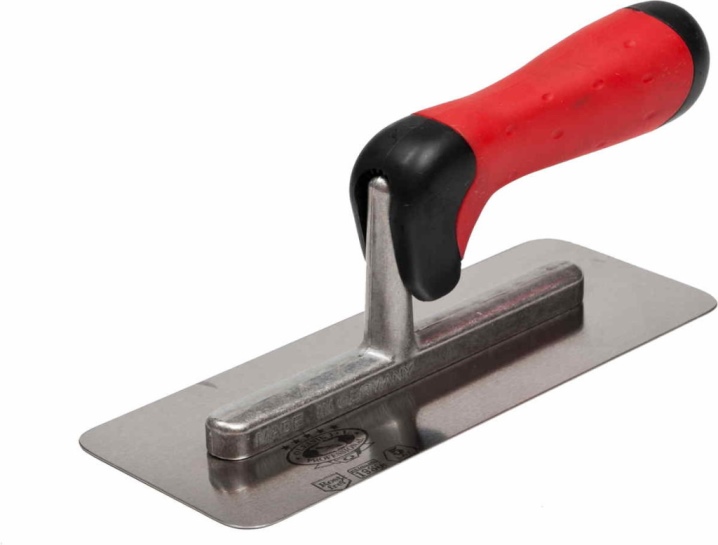
Wooden
Wooden hand tools are useful if you work with small areas. Most often, a wooden tool is used to smooth out the concrete mixture. This type of device is not very popular, since its term of use is limited. Wooden trowels are disposable.

In addition to the above materials, from which the trowel cloth can be made, there is one more material - plexiglass. Today, a plexiglass trowel is often used in the process of applying liquid wallpaper. Since plexiglass has a transparent structure, it is possible to view and control the thickness of the applied material through it.
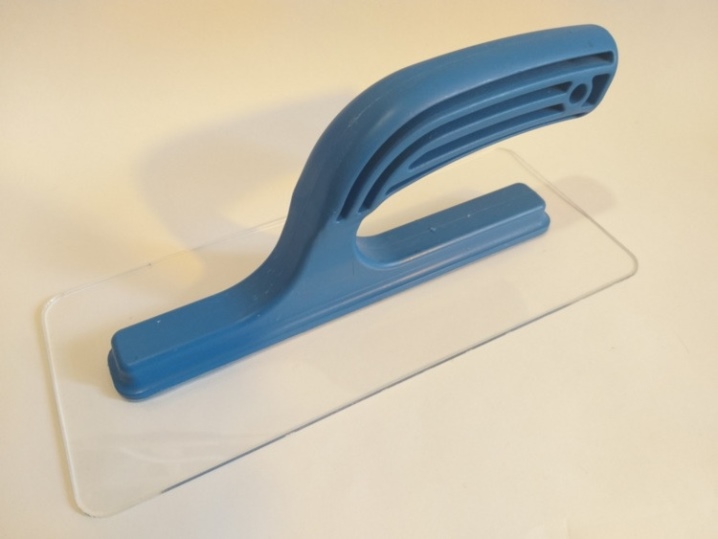
Selection Tips
To speed up the process of applying building mixtures to the surface, it is imperative to use a trowel. But in order for the work to be done efficiently, you need to choose the right hand tool. When choosing it, it is necessary to take into account some characteristics.
- Appearance and design features. The tool consists of a blade and a handle. When buying a trowel, you need to make sure that the handle fits comfortably in your hand and does not cause discomfort. This makes it easier to operate the instrument, and the result depends on it.
- The dimensions of the fixture. The hand alignment tool is characterized by parameters such as width and length. They depend on the amount of work and the type of surface.
- The material from which the float plate is made. It is he who must be taken into account when choosing, since he determines the purpose. The handle is most often made of wood or plastic.
- The type and type of mortar you plan to apply to surfaces with a trowel.
- Price and manufacturer. There are products from various brands on the market, but it is best to give preference to a well-known brand, even if such a trowel will cost more.
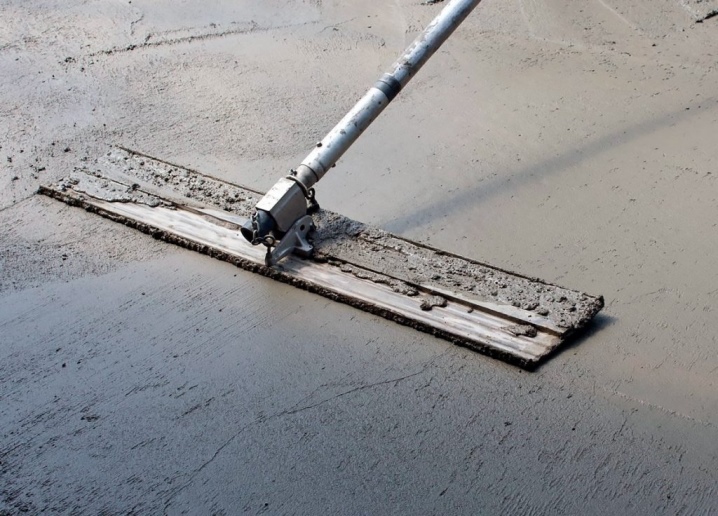
In addition to the above selection criteria, it is also very important to visually inspect the tool, the condition of the canvas. It doesn't matter what material it is made of, the main thing is that its surface is even, smooth and free of any defects.
If there is even the slightest scratch or unevenness on the canvas, the effect of working with such a tool will be completely opposite to the expected result.

Terms of use
The ironer, like any other construction tool, needs to be able to use it correctly. There are a number of rules to follow when leveling surfaces with a trowel.
- According to the instructions, it is necessary to prepare a solution from bulk building materials.
- Apply the required amount of material to the trowel cloth. For starters, if you are an inexperienced user, experts recommend using a small amount of solution.
- Next, the tool is pressed against the surface at a certain angle. The angle of inclination depends on the type of material to be applied. When it comes to wallpaper glue, the tool should be held at an angle of 30º, for plaster - 40º-75º. The angle of inclination of the hand tool must be the same. It is then that the solution layer will turn out to be even.
- The distribution of the material over the surface should be done in one direction, preferably from the bottom up.
And also the trowel can be used to smooth out small defects on surfaces after applying a leveling layer and decorative finishing.
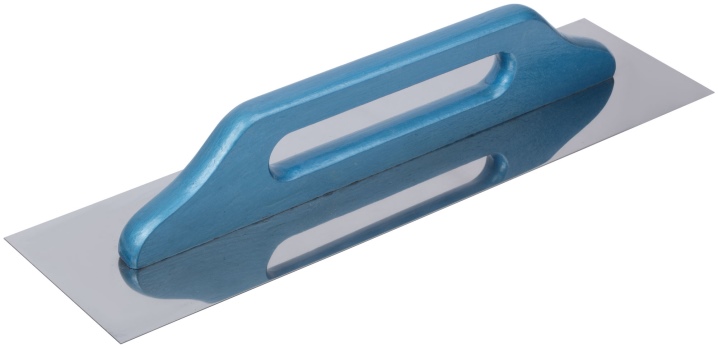













The comment was sent successfully.